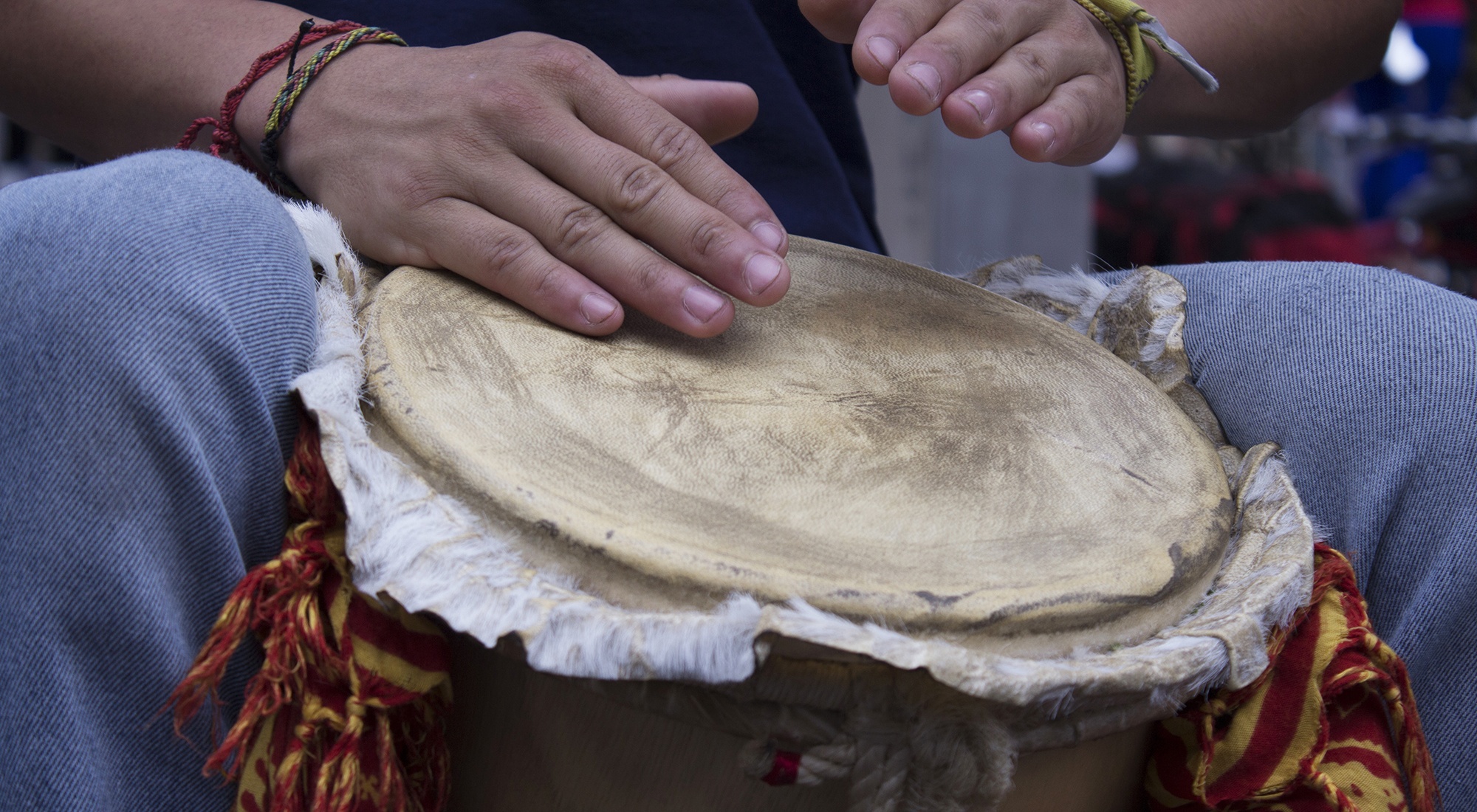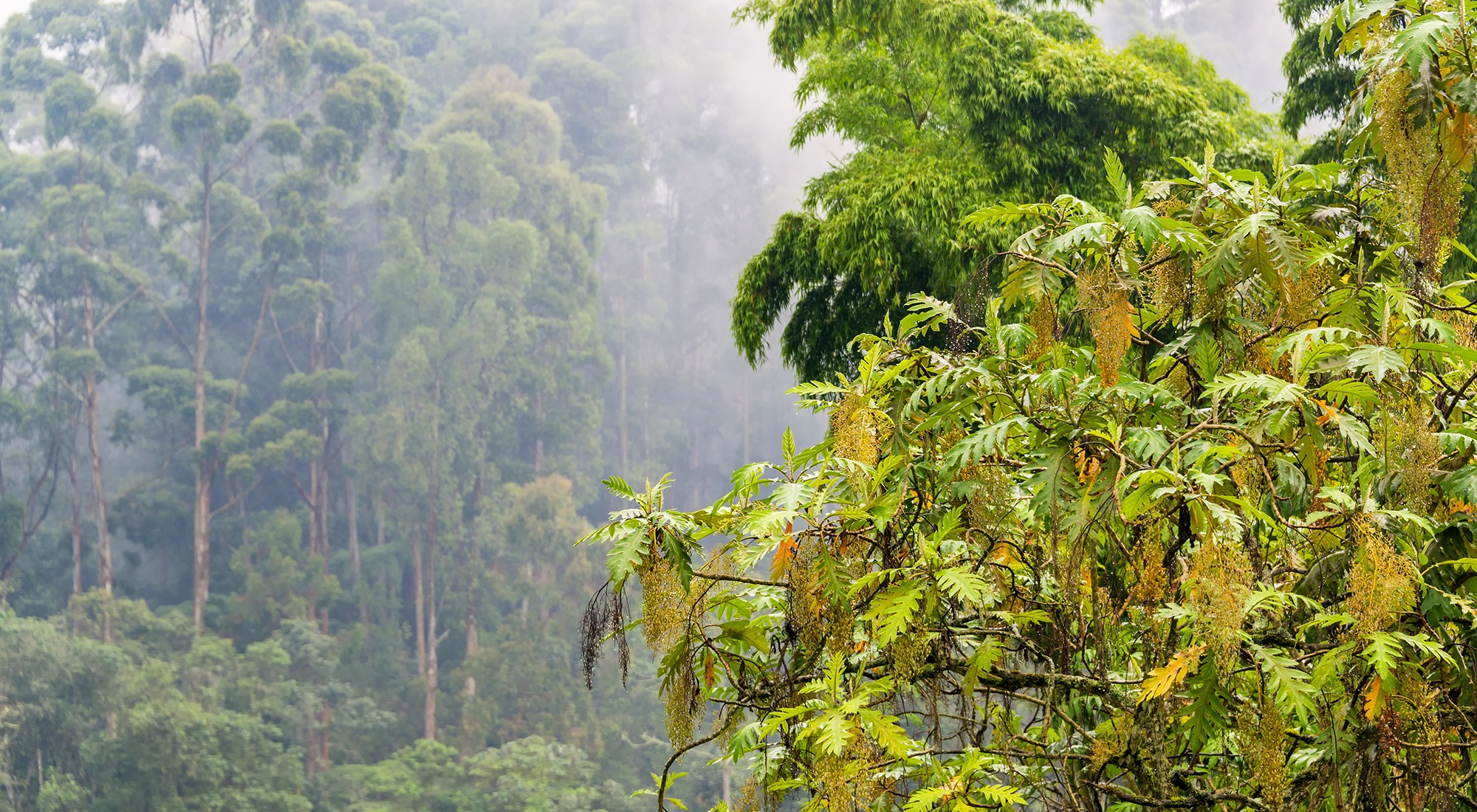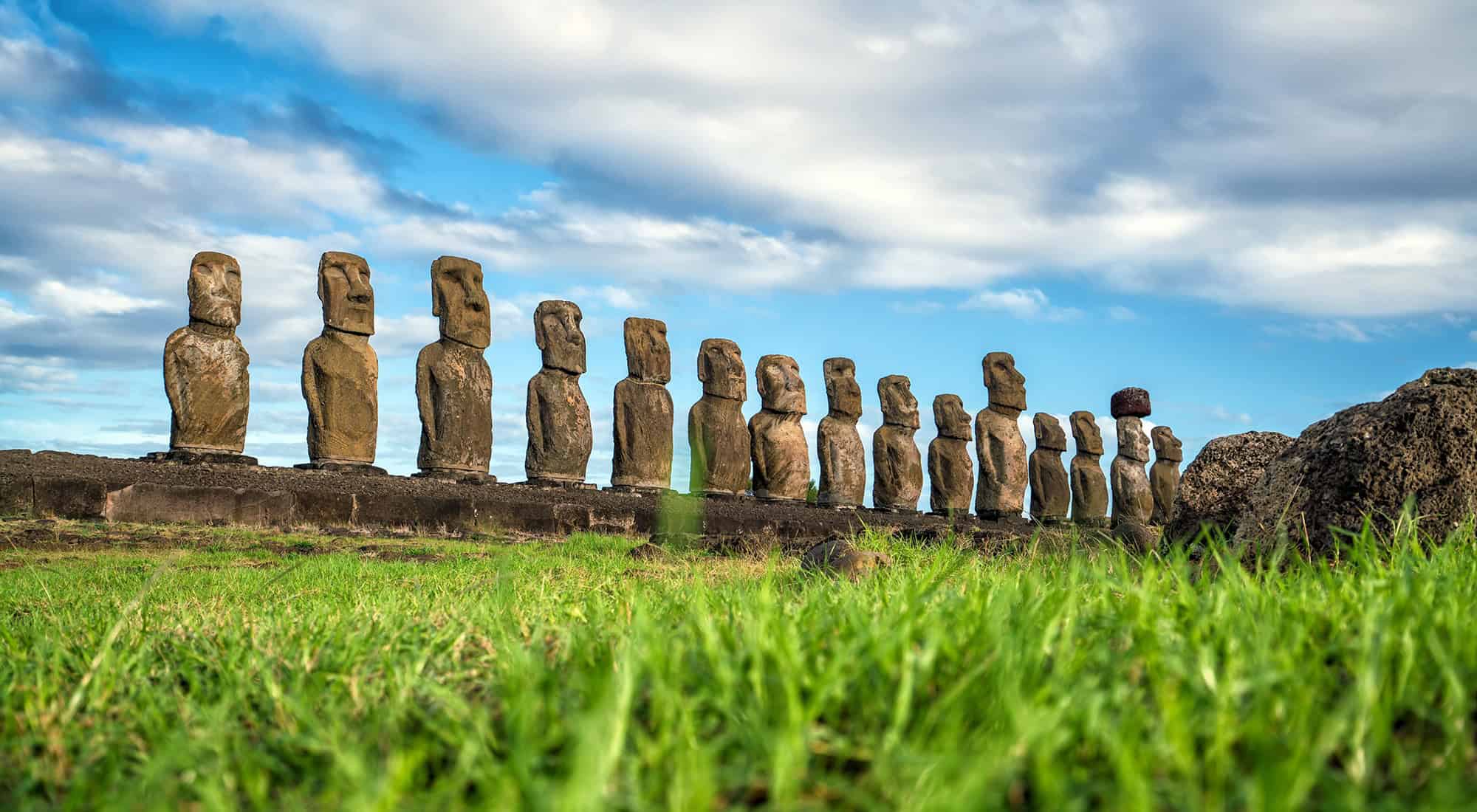No country in South America has a greater variety of musical genres than Colombia, and nowhere is music more abundant than in the fertile breeding grounds of the north coast. The diversity of musical expression comes from a mixture of African, indigenous and European influences.
On the coast, música tropical is an umbrella term used to encompass the many hybrids that have arisen over the years. Most popular among these is vallenato, a form of music that originated with farmers around Valledupar. Its primary instruments are the accordion; the guacharaca (a tube made from the trunk of a small palm tree, with ridges carved into it), which when scraped with a fork produces a beat, and the caja vallenata (a cylindrical drum brought over by African slaves).
Vallenato has its roots in a more ancient genre, cumbia, which is believed to derive from Guinean cumbe and began as a courtship dance practised among the slave population; it later mixed with European and indigenous instruments, such as the guitar, the accordion and the gaita, a type of flute used by the indígenas of the Sierra Nevada de Santa Marta. Cumbia is celebrated for bringing together Colombia’s three main ethnic groups and was used as an expression of resistance during the campaign for Independence from the Spanish. Cumbia has many other derivatives, such as porro, gaita, fandango and bullerengue.
The newest genre to emerge is champeta. This is the most African of the genres; it takes its influence from soukous and compas, and is characterized by very sensual dancing. It gained popularity among the black population of Cartagena and San Basilio de Palenque in the 1980s.











